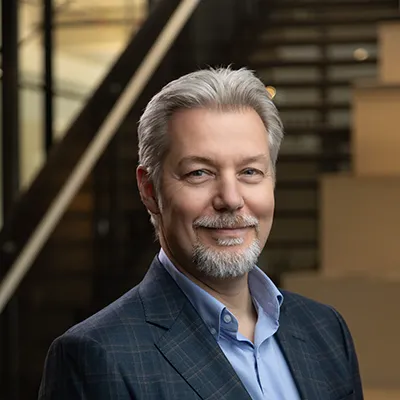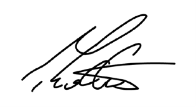Message From Our President and LEO
Annual Reports

Reflecting on 2024, I am energized by our collective work to strengthen the safety system. We all share accountability in building and maintaining technical safety across the province. We’re safer together.
Making it easier for clients to interact with us remains an essential priority of our multi-year business transformation. Last summer, we introduced our new online licensing system to simplify the experience for clients and employees. As a result, eighty-three per cent of new and renewal licenses are now being completed online. We are now shifting focus to improving our permitting system. These advancements are designed to simplify the client experience and allow our organization to better understand and manage client behaviour and safety risks.
While we regulate technologies, safety system participants play a vital role in keeping people safe. This includes those who own, operate, hire, or perform regulated work. This is why we are focused on strengthening our enforcement efforts to clearly demonstrate that there are consequences for those who put people at risk.
When things go wrong, our incident investigations often bridge the gap between the understanding of technology failures and the human choices and behaviours that can impact those risks. For example, our analysis of multiple carbon monoxide (CO) incidents revealed that CO exposure often stems from poor maintenance, incorrect installation, or misuse of gas appliances. In addition, most incidents occur in single-detached homes and rental properties — especially in low-income neighbourhoods and areas facing housing insecurity. By sharing insights from our incident investigations and Top 5 Safety Risks, we can identify areas where risk treatment is needed and make recommendations to industry and the public to inform prevention.
Reconciliation continues to be an ongoing part of our organization’s journey. In 2024, we made progress in better understanding the impacts of climate change in rural, remote, and Indigenous communities through our partnership with the Pacific Institute for Climate Solutions. By engaging with First Nations, we learned that communities want specific safety information for low-carbon and resilient technologies, better relationship building with youth and elders, and clear and specific recommendations for technical safety. This work led to the creation of a Fire Resilience Guidebook and research on carbon monoxide risk treatment in remote and Indigenous communities.
As we adapt to ongoing changes, I am continually inspired by the collaboration and innovation demonstrated by everyone involved in the safety system. Together we continue to expand upon our strong foundation as we strive to build confidence in a safety system that improves the well-being of British Columbians.

Phil Gothe
President & Lead Executive Officer
Related Information
Annual Report
Our Annual Report shows how our new Strategy and Business Plan are helping us support a robust safety system.
Learn MoreState of Safety 2024
An overview of the work we’re doing to improve the safety of technical equipment in BC plus informational data, trends, charts, and analysis.
Learn More2025-2027 Business Plan
Learn how we are working to build foundations of safety in British Columbia.
Learn More